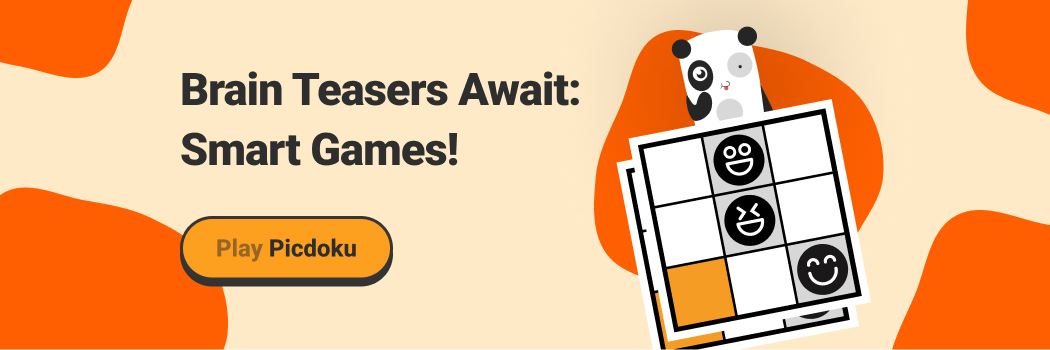If you have, this TikToker has an answer – they evolved from descriptions of people. Interestingly, nowadays our phone usage habits are directly mirroring this old process, which leads to the implication that it can influence how surnames will look in the future. More info: TikTok
Sometimes we don’t think about how even our simplest actions can be a part of something way bigger
Share icon Image credits: entomologynerd
An etymologist Adam Aleksic made a video explaining how the way we add contacts to our phones mirrors the way surnames were created
One of the things that everyone has no matter what is a surname. Even Adele, who we are used to referring to by only her first name (by the way, it’s Adkins). Usually, we inherit our surnames from our parents or get them from our spouses. This means that a last name is something that indicates what family a person belongs to. Well, unless they change it. The oldest known surname dates back to Ireland in the year 916. It was the name “O Cleirigh” (O’Clery.) At that time, surnames weren’t that common, as according to the Encyclopedia Britannica, surnames came into existence in the Middle Ages, starting in the 11th century. Share icon Image credits: etymologynerd
In it, he listed 4 different types of descriptions we use for our contacts and how similar ones evolved into our current last names
Before they existed, people usually had only first names, but as the population expanded, the need for differentiation arose. Interestingly, the way those differentiations were created mirrors our present-day behavior. That’s what TikTok user @etymologynerd pointed out. His full name is Adam Aleksic, and on said platform, he has over 600K. Let’s not forget his Instagram, where currently he has a whopping 1.3M followers. Share icon Image credits: etymologynerd
For example, we describe people with occupations, like how the surname “Smith” evolved from “blacksmith”
He explained that when we put a contact in our phones, we write a person’s name and some description, which is exactly how last names were created – from people’s descriptions. Adam Aleksic gave plenty of examples of this. Like describing someone by their occupation. Apparently, it’s the same as someone having the surname “Smith,” which originated from “blacksmith.” Someone in the comments under the video said their grandfather’s surname and occupation was Carpenter. Maybe singer Sabrina Carpenter’s ancestors were also in this profession? Share icon Image credits: etymologynerd
Or we describe people by the place we met them or where they’re from, like the surname “Bush,” which meant their ancestors came from a bushy area
We can also define a person by the place we met them or where they’re from. Like “Joanna math class” or “Raina Minnesota.” This kind of description evolved into surnames like “Bush” for someone whose ancestors came from a bushy area. Even our perception can be a basis for surname evolution. A. Aleksic’s example of this was the last name Swift, evolving from a description of someone who is perceived to move quickly. Well, the best-known person with this surname, Taylor Swift, is actually moving pretty quickly – in the last 5 years, she released 5 new albums and 4 re-recorded ones. Plus, she toured half of the world with her record-breaking Eras Tour. Share icon Image credits: CHUTTERSNAP / Unsplash (not the actual photo)
Then, there are surnames coming from adjectives – for example, the surname “Swift” for a person who is perceived to move quickly
Coming back to the surnames, Adam named one more category of description that evolved: relationships. For instance, back in the day, people were named based on their relations to their fathers, which with time turned into surnames like “Johnson” and “Richardson.” Nowadays, sometimes we describe our contacts like “Ina bestie” or “Sam Tinder,” which are based on our connection with that person. Since language is known to be flexible, meaning it can adapt to new conditions and demands, it’s possible that in the future these descriptors could also evolve into surnames. After all, it has happened in the past. Share icon Image credits: Waldemar / Unsplash (not the actual photo)
We also describe people by the relationships we have with them, which back in the day turned into last names like “Johnson” and “Richardson,” meaning the sons of John and Richard
The video we just discussed gathered quite a lot of attention online, collecting over 3M views. People were thrilled to learn this new fact and didn’t shy away from sharing examples of clearly evolved surnames. Of course, they also made some jokes – for example, mentioning the last name Dickinson, with an implication that the original meaning could have been pretty funny, if a little dark. Well, it’s fun to think about how our names, which are so important to our identities, came to be. Plus, it’s also very interesting to think that we might have something to do with how they will look in the future. As today’s video’s creator pointed out, we’re currently reinventing an old process in a modern way.
Watch the video here
People online were amazed to realize how our seemingly insignificant behaviors mirror such significant old processes, and so they shared surnames assuming their origins
Share icon Share icon Share icon Share icon Share icon Share icon Share icon Image credits: Daniel Thomas / Unsplash (not the actual photo) Share icon Share icon Share icon Share icon Share icon Share icon Anyone can write on Bored Panda. Start writing! Follow Bored Panda on Google News! Follow us on Flipboard.com/@boredpanda!




















